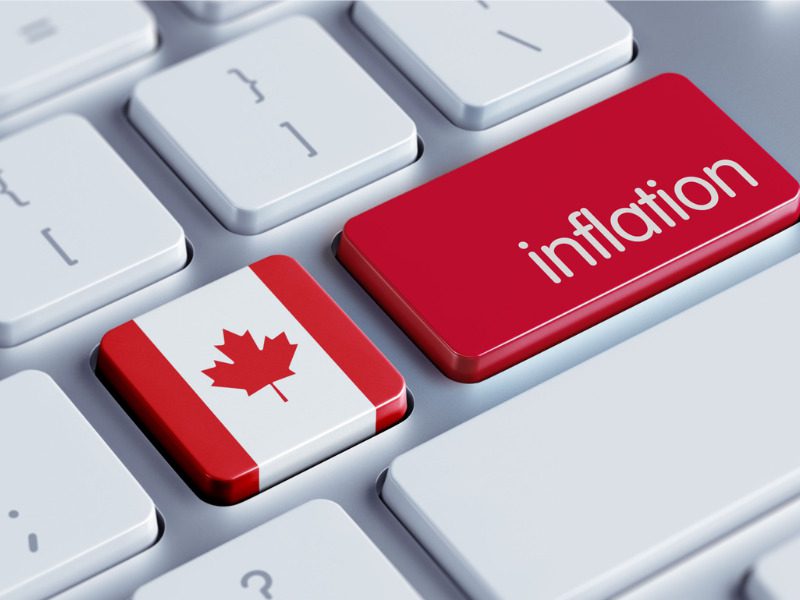Bank of Canada raises key rate by half a point amid stubbornly high inflation

OTTAWA – In an unprecedented move, the Bank of Canada has announced a major increase to its key interest rate for the second time in two months as it forecasts higher consumer prices to come this year.
The central bank increased its policy rate by half a percentage point to 1.5 per cent Wednesday and warned that rates will need to rise further to rein in inflation.
Russia’s invasion of Ukraine, COVID-19 lockdowns in China and backlogged supply chains are fuelling “uncertainty” and higher prices for energy and food, the institution said. Those global pressures, along with low unemployment rates at home, will likely push inflation well past the bank’s previously projected rate of nearly six per cent for the first half of the year.
“The risk of elevated inflation becoming entrenched has risen,” the institution said in a release accompanying the rate announcement.
The annual pace of inflation rose to 6.8 per cent in April, the fastest year-over-year rise in more than three decades as prices for a broad range of goods from food to oil continued to climb.
“With the economy in excess demand, and inflation persisting well above target and expected to move higher in the near term, the governing council continues to judge that interest rates will need to rise further,” the central bank said.
The Bank of Canada increased its benchmark interest rate by half a percentage point in April to one per cent – the biggest hike in 22 years, and one that followed a quarter-percentage-point bump in March.
iStock.com/JimVallee
Wednesday’s move marks the first back-to-back half-point hikes since scheduled rate announcements began more than two decades ago.
The bank makes changes to its trendsetting interest rate in an effort to control inflation with a target of two per cent and said Wednesday it is “prepared to act more forcefully if needed” to meet that target – an indication that more aggressive rate hikes are on the table.
The soaring cost of consumer goods from gasoline to groceries already had economists speculating that further interest rate hikes were on the horizon this year.
One more quarter-point increase would nudge the overnight rate to 1.75 per cent, where it sat before the pandemic.
The bank is also easing pandemic-era stimulus measures by continuing so-called quantitative tightening, begun in April, as the government bonds it holds are no longer being replaced when they mature.
The oversized interest rate increase came despite an economic slowdown during the first quarter.
Real gross domestic product grew 3.1 per cent year over year in the first three months of 2022, bolstered by business investment and household spending, according to Statistics Canada data released Tuesday. But the outcome was down from the previous quarter’s annualized rate of 6.6 per cent, due largely to a dip in export volumes.
Nonetheless, the Bank of Canada had few concerns about the economic brakes applied by increases to the interest rate, which remains below the two-to-six per cent range maintained between the mid-1990s and 2008.
“With consumer spending in Canada remaining robust and exports anticipated to strengthen, growth in the second quarter is expected to be solid,” it said.
The likelihood of a near-term recession remains low, the Conference Board of Canada said in a statement, citing labour shortages, wage growth and recoveries in hospitality and travel.
The impact of rising rates is already visible in the housing market, which is just starting to cool after nearly two white-hot years. Home sales dropped 12.6 per cent in April from March, and sat more than one-quarter below sales figures from April 2021, according to the Canadian Real Estate Association.
Canadian Chamber of Commerce chief economist Stephen Tapp said he expects inflation will start to slow over the next few quarters, but could “easily exceed” six per cent this year and remain above the two per cent target through 2024.
“The longer inflation stays at headline-grabbing levels, the bigger are the risks that businesses, consumers and workers build above-target inflation into their actions, thereby perpetuating the inflation cycle,” he said in a statement.
Feature image by iStock.com/XtockImages



